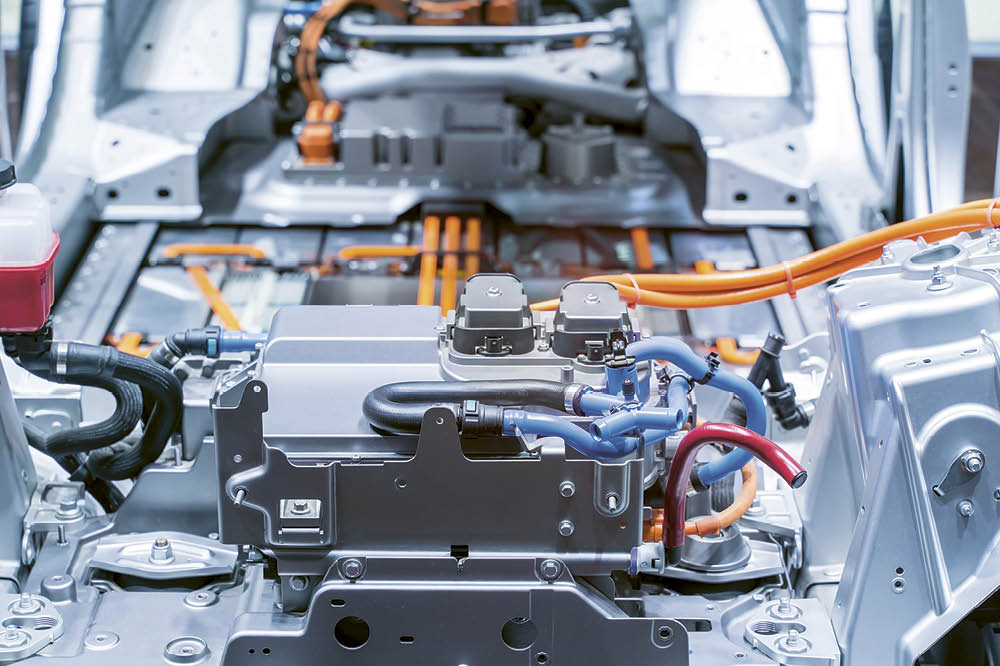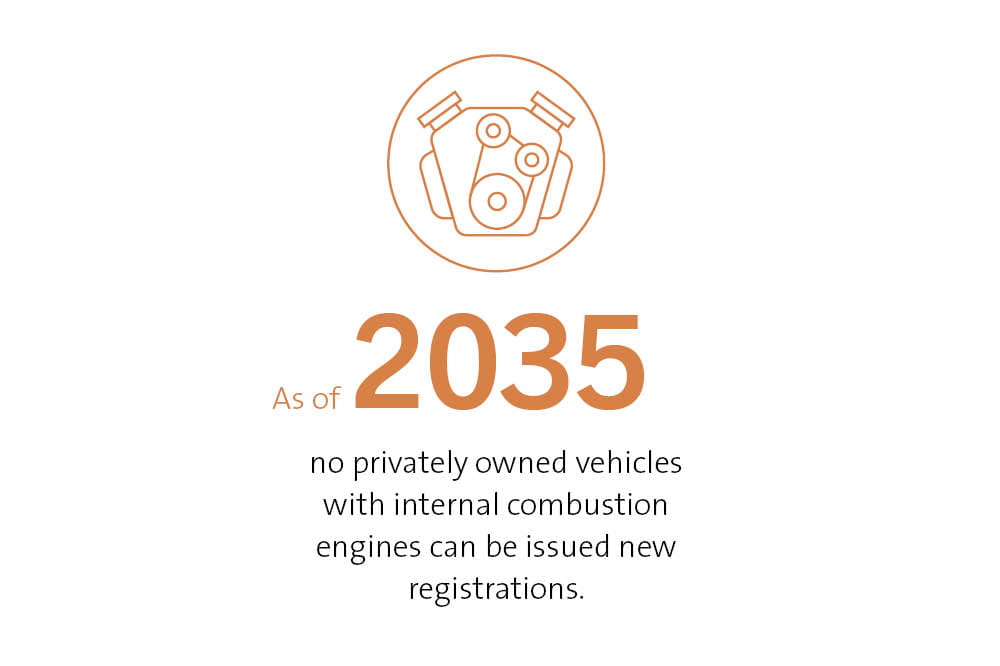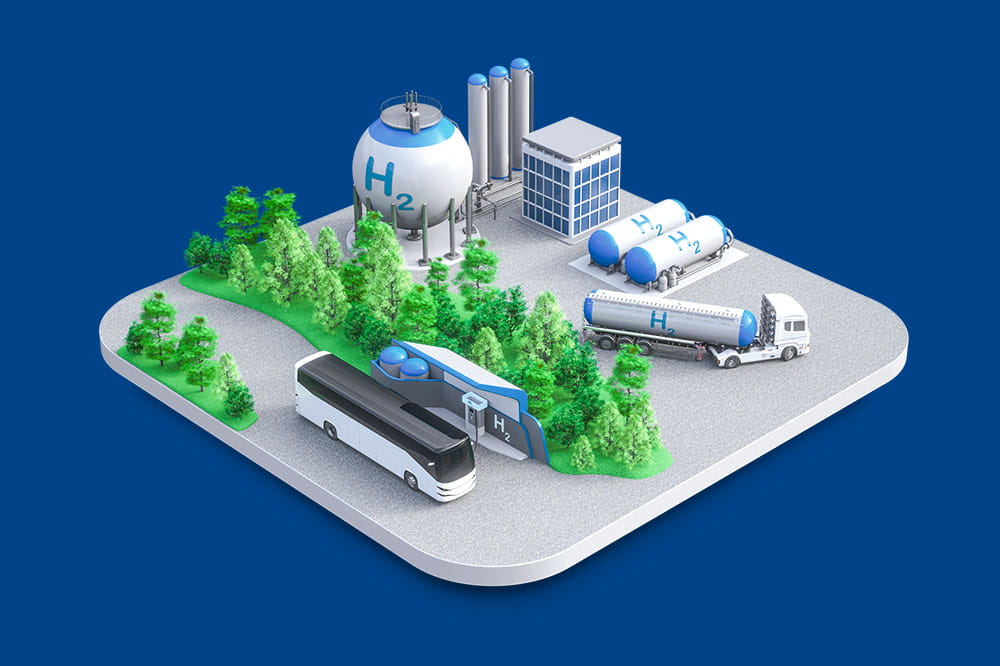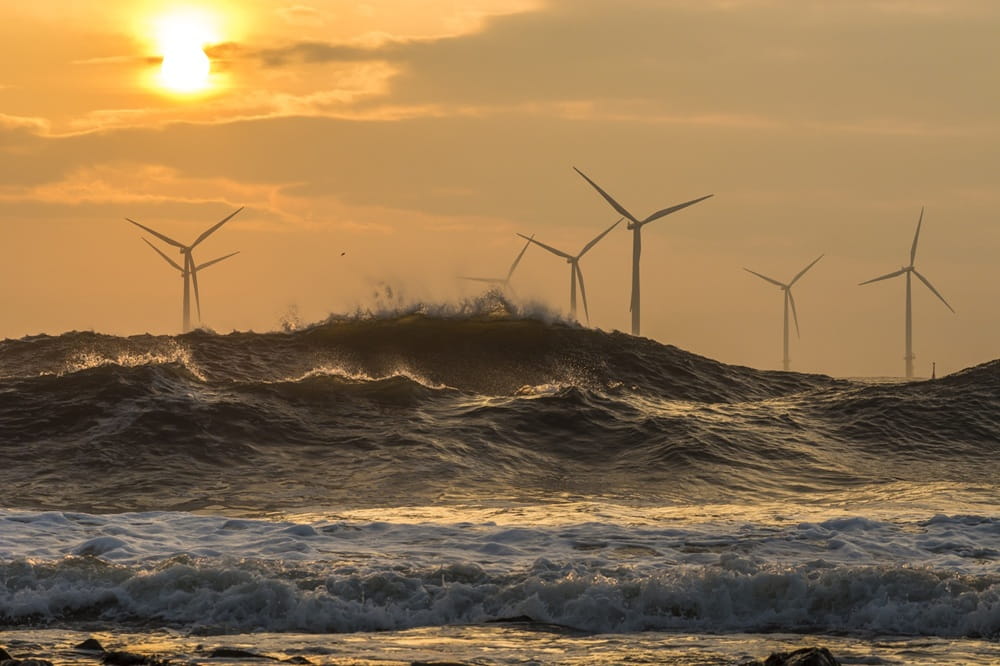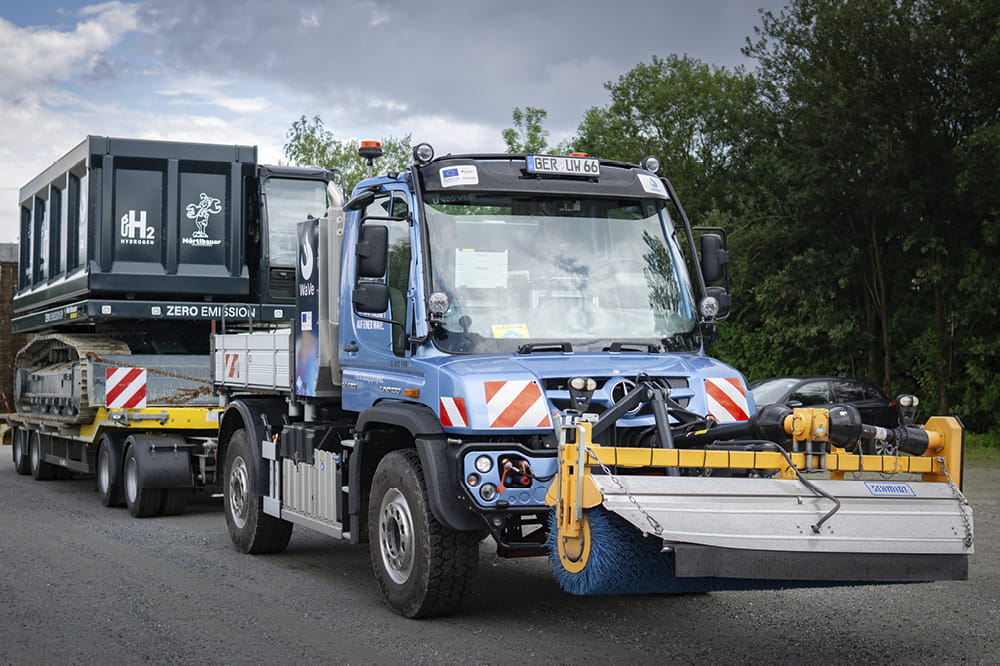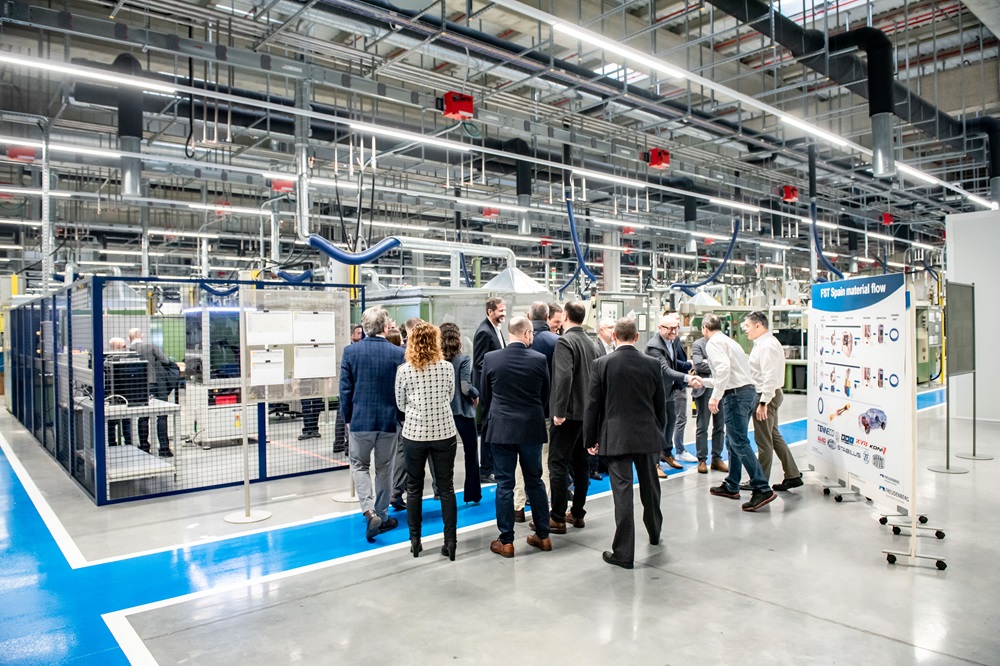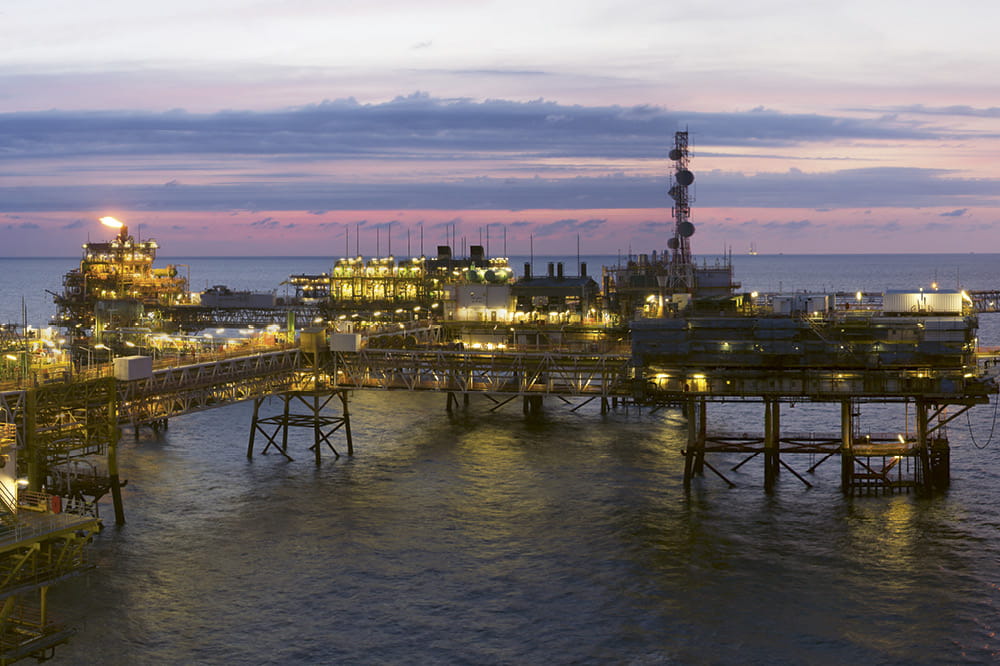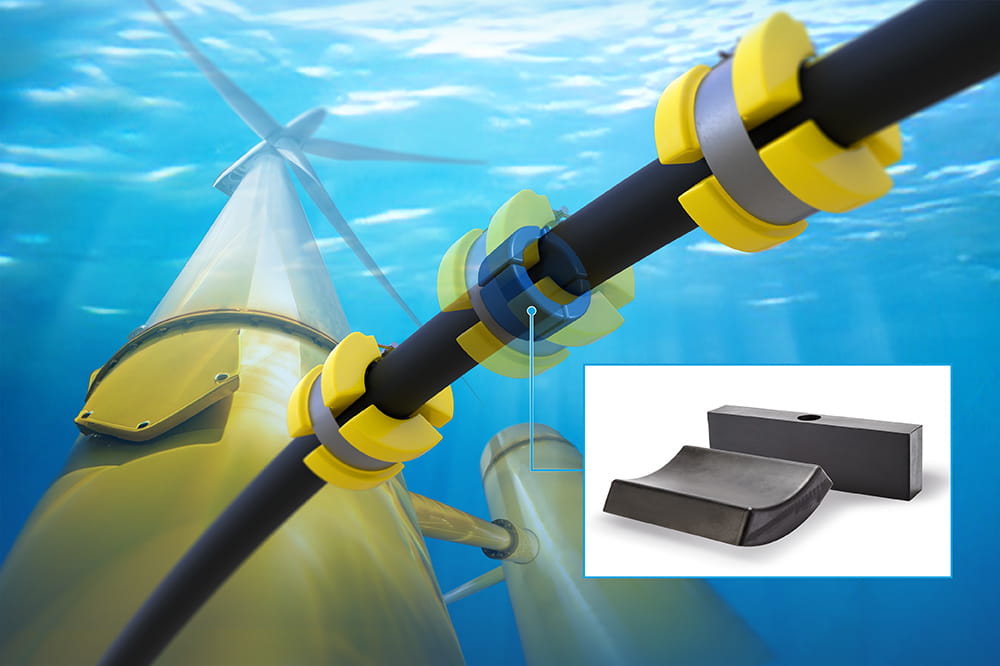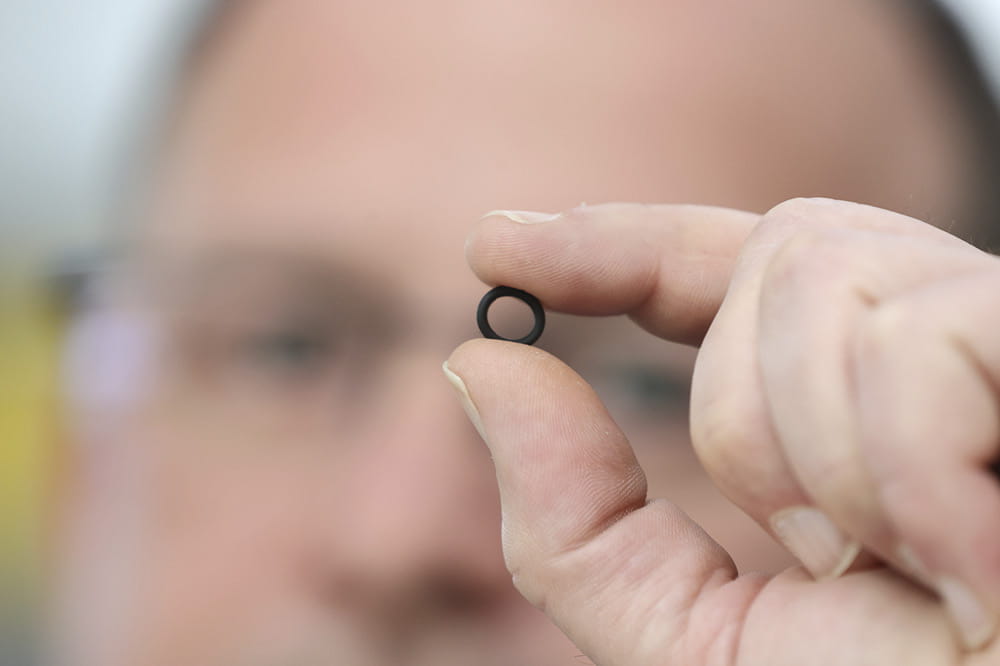Obtain news and background information about sealing technology, get in touch with innovative products – subscribe to the free e-mail newsletter.
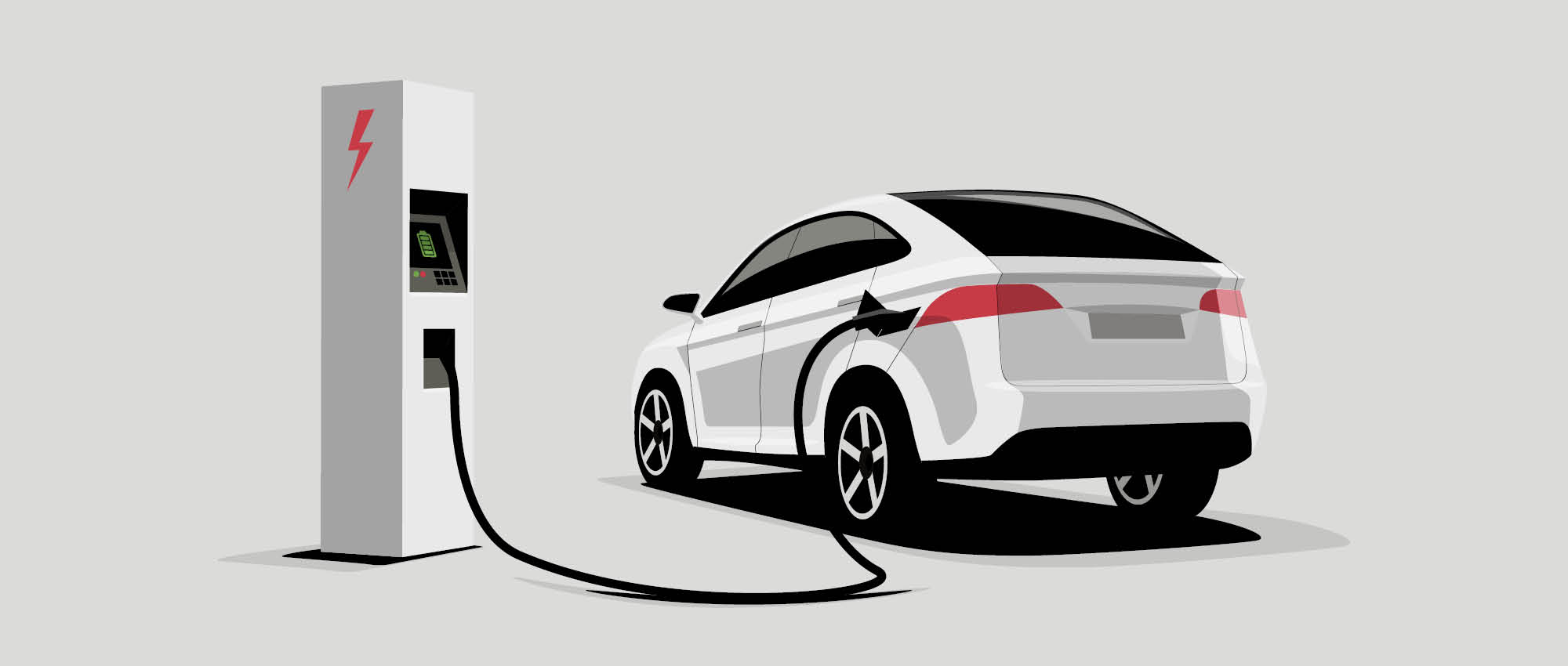
22.10.2024 | Story
Electric Cars for the Mobility Transition
Electric cars are part of the energy transition in many countries. More and more are coming onto the market. Is the trend continuing?
The world is dealing with a wide range of energy challenges. The consequences for everyday life are gradually becoming clear – in the mobility sector, for example. In some countries, the number of electric cars on the road is rising. Yet there have been dynamic energy-related developments and outstanding issues in some locations. Do they signal a change in a long-standing high priority?
“Not that we’ve been able to perceive,” claims Prof. Eberhard Bock, Vice President, Technology and Innovation at Freudenberg Sealing Technologies. He keeps an eye on trends in the market. “Many countries have already set their course. Automakers are bringing more and more electric vehicles to market and have still more in the pipeline. The overall direction is unchanged.”
More Electric Cars on the Road
In China, the world's largest electric car market, for example. Total registrations are also rising steadily in the United States. Nearly half of Americans can see themselves driving an electric vehicle instead of one powered by internal combustion. Subsidies are expected to facilitate the switch, much as they have in many European countries. Overall guidelines from the European Union (EU) are among the key drivers of the transformation. They are targeting complete climate neutrality by 2050 in the EU's member-states. Starting in 2035, new passenger cars with internal combustion engines may not be registered, and the limits on fleet emissions are gradually becoming more stringent.
“At present, a passenger car may emit 95 grams of CO2 per kilometer. That corresponds to fuel consumption of 3.6 liters of diesel or 4.1 liters of gasoline per 100 kilometers driven. Automakers that exceed this fleet limit have to pay fines. And they are not negligible,” said Prof. Mario Hirz, the Deputy Director of the Institute of Automotive Engineering at the Graz University of Technology.
In 2030, the allowable amount is expected to fall by about one-third, to a little less than 60 grams.” His message is clear: “These objectives will not be achievable with internal combustion engines. That’s why there will be a switch to fully electric powertrains for new vehicles in roughly the next 12 years.” There will be growing numbers of them on Europe's roads and fewer and fewer cars with internal combustion engines.
Automotive Growth Market
“The mobility transition is in full swing. Freudenberg Sealing Technologies will be supporting the transformation and helping to shape it. Our products from the sealing technology field and beyond are used in many components – whether in vehicles with internal combustion engines, electric drive or fuel cells. We are dealing with all the variants,” Bock said. “Even outside of powertrains, the auto sector is a growth market for us. For example, we will be providing key components for novel radar systems needed for autonomous driving and driver assistance functions. This is another field where the developments have been rapid.”
The mobility transformation is in full swing. Freudenberg Sealing Technologies is helping to shape and support.
Will the number of fairly small and lightweight electric cars increase in the future? Hirz sees that happening in Europe. “In the scenario that is emerging, they are going to be less attractive to established automakers. That's because building a vehicle with electric drive is significantly more expensive than one with an internal combustion engine. That’s mainly due to the battery, which accounts for 30 to 50 percent of the production costs, boosting the cost of electric cars by one-third or more,” he said. “So vehicle makers tend to be more active in higher-priced segments. This is where the customers are willing to pay more. But that doesn't mean there won't be any affordable electric vehicles. It could just mean that Asian manufacturers will dominate the segment.”
Consider the drivetrain, energy storage and cell systems in these vehicles, not to mention thermal management. Researchers, automakers and suppliers around the world are working on these and other electric-cars components. Freudenberg Sealing Technologies’ innovative spirit and openness to technology are on display in heat shields for battery cells and thermal barriers for battery housings, as well as its sealing systems.
They also continue to work on internal combustion engines, such as those for hybrid vehicles. In any case, many countries have yet to decree an end to cars with conventional power plants. China is one of them. But it is heavily promoting the use of electric cars in its cities. One opportunity is the use of synthetic fuels as part of the energy transition. They could improve the CO2 balance if they are produced from renewable energy sources.
Hydrogen as an Energy Carrier
Many other vehicle categories must be considered besides cars. Both experts see a future for fuel cells in trucks and buses. Their tanks contain hydrogen, which is converted to electric current within the vehicle. It in turn powers the electric motor. “For example, the fuel cell is ideal for long-haul vehicles, for example, which cover immense distances in the United States. The technology is also attractive for ships,” Bock said. The CO2 footprint fits the bill if the hydrogen is generated with renewable energy.
Since internal combustion engines can also run on hydrogen, would they compete with fuel cells? “You have to differentiate between the powertrains based on the application. In some cases, the fuel cell is better suited thanks to an efficiency rate as high as 60 percent at low loads, while powertrains with combustion engines may have advantages at higher load levels,” Hirz said.
“Hydrogen-fueled internal combustion engines could also be a transitional solution. They can make real progress toward a positive CO2 balance,” Bock said. One advantage is that the hydrogen would not need to be as pure as it would be for fuel cells. Its production would therefore not be as complicated. “In general, we should be open to alternative technologies since it will take more than electric mobility to manage the energy and mobility transition,” he said. “Overall, we're going to see a wide range of drive concepts and energy carriers. We will have to set every lever in motion as we move toward climate neutrality.”
The Future Is Hydrogen
From H₂ Production to Usage: Comprehensive Insights on Production, Distribution, Storage, and Future Applications with Solutions. Explore full spectrum in our webspecial!
Hydrogen Webspecial open_in_newMore news on the subject Renewable Energies

Join Us!
Experience Freudenberg Sealing Technologies, its products and service offerings in text and videos, network with colleagues and stakeholders, and make valuable business contacts.
Connect on LinkedIn! open_in_new